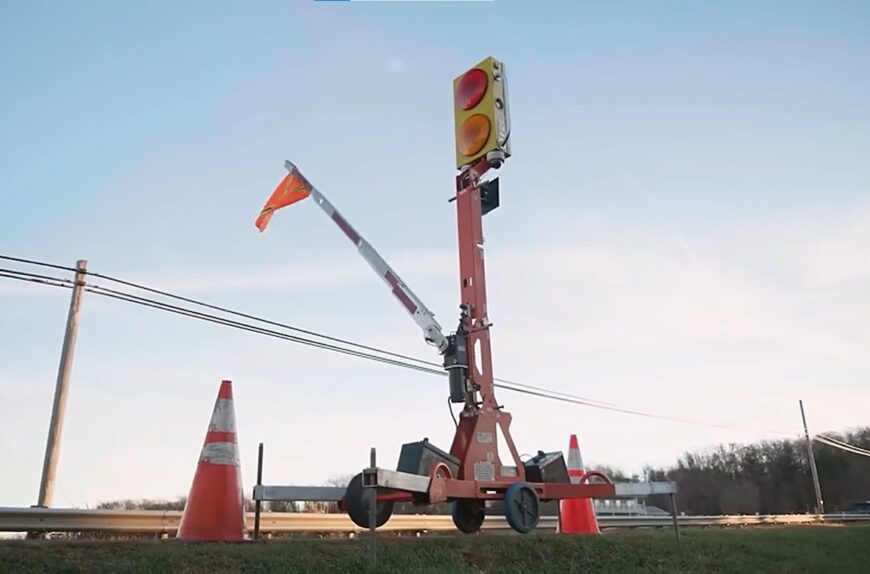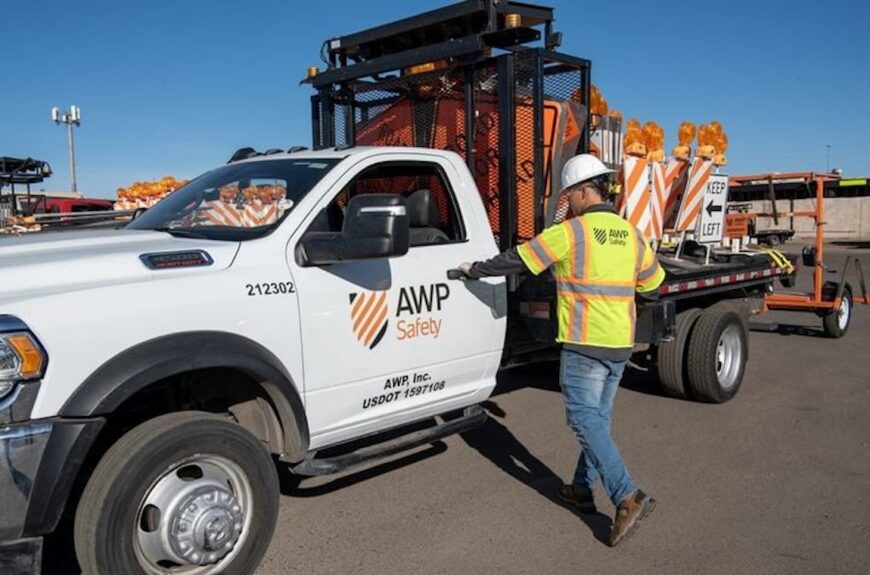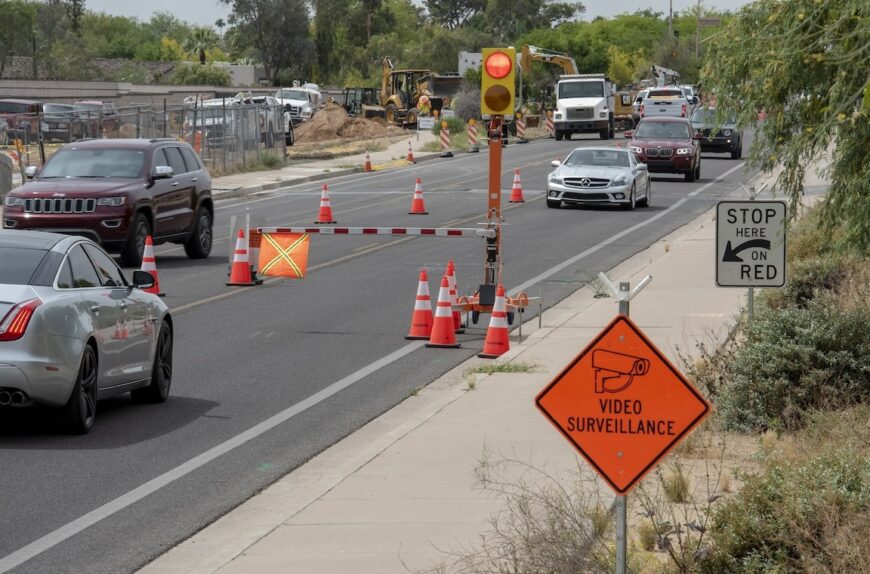
AWP EHS Senior Director Shares Safety Guidance with Equipment Journal
Equipment Journal featured an article written by Cornelius Morgan, AWP Safety’s senior director of environmental, health and safety, to help advise construction managers on how to improve safety in the work zone. As a leading publication, Equipment Journal connects those in the construction industry with the latest news in products, technologies, equipment tips and insightful information to help guide industry professionals with equipment decisions.

In the article “Raising the Bar for Safety In Roadbuilding.” Cornelius shares his expertise in identifying key areas of focus for improved safety in the construction zone. The article supports AWP Safety’s multi-layered approach, from detailed pre-planning and strategic partnerships with law enforcement, to the use of advanced safety equipment and real-time data. We see these methods are designed not only to meet today’s demands, but to set new standards for what safe and effective highway work zones should be.
Work Zone SEtUp
For construction managers, raising the bar for safety means working to protect workers and ensuring smooth travel for drivers.
Effective highway work zones are the result of careful planning and teamwork well ahead of time. At the core of every successful project is a tailored traffic control plan that considers the site’s unique challenges and addresses every detail, including lane closures, barriers, detour paths and escape routes, to help crews and motorists stay ahead of risks.
From work zone setup to daily operations and final takedown, a traffic management specialist can help you design plans that keep safety a priority at every stage of the project and align with best practices laid out in the Federal Highway Administration’s (FHWA) Manual on Uniform Traffic Control Devices (MUTCD).
Involving law enforcement from the start also boosts security by helping to keep speeds down and preventing dangerous driving near the work zone. A partnership with local agencies also makes sure the setup complies with regional standards and considers local issues, like heavy traffic times or complex intersections, so the zone works smoothly with community needs.
Quality safety equipment also plays a crucial role in work zones. Beyond traditional traffic calming measures such as cones, barrels and signage, truck-mounted attenuators (TMAs) can be positioned to absorb crash impacts, providing an extra measure of protection between motorists and work crews. Automated portable changeable message signs can also be deployed to give drivers up-to-date information on current traffic conditions, thereby reducing confusion and improving flow.
Training & Tech
Effective safety in work zones includes rigorous training for all workers that is centered on achieving zero harm. At AWP Safety, this approach includes an Environmental Health and Safety (EHS) Management System that helps to facilitate regular, data-driven training sessions. Team members cover essentials like PPE compliance and emergency signaling, for example, with on-site pre-job safety briefings reinforcing awareness and helping people keep their skills sharp where quick responses matter.
Meanwhile, the addition of wearable technology and vehicle telematics is adding new layers to training and monitoring security. Wearables like sensor-equipped safety vests can track workers’ locations and even issue alerts if they stray outside designated safe zones. And for added work zone protection, including travel to and from the site, advanced telematics and fleet management systems are giving fleet managers the ability to monitor vehicle speed, location and driver behavior in real time.
These systems provide supervisors with live updates, alerting them to any unsafe driving and allowing for immediate adjustments that help keep both workers and drivers safe. The data collected also plays a part in supporting ongoing improvements to training programs, highlights trends and helps to reduce risks across the fleet.
Increasingly, this combination of tech and hands-on training is observed in active work zones and, for AWP Safety in particular, has been effective in reducing near misses and fostering an even stronger culture of safety awareness. Leveraging Samsara’s real-time data, AWP Safety has been able to improve safety in measurable ways.
Over the past year, harsh events are down 37% while crash rates have fallen by 50%, helping save about USD $850,000 in accident-related expenses.
Stop Work Authority
Stop Work Authority is another critical aspect of work zone safety that gives each team member the right to halt operations the moment they notice a risk, such as a vehicle entering the zone unexpectedly or equipment malfunctioning.
This policy underscores the priority of worker safety over deadlines or project timelines. Once work is stopped, supervisors should perform a rapid assessment of the issue, identifying the root cause and determining necessary adjustments. At the same time, clear and direct communication is critical to ensuring that everyone understands the changes before resuming work.
In high-traffic zones, Automated flagger assistance devices (AFADs) offer a safer alternative to traditional flagging by controlling vehicle flow without putting workers at risk. AFADs reduce the need for direct human involvement in managing cars and trucks passing through work zones, especially in areas with high speed or heavy traffic. This automated system allows for safer, more efficient work zone management.
Road to Zero Harm
Building safe and efficient work zones takes more than just following the basics—it requires thorough planning, intensive training, technological assistance and teams empowered to make crucial safety calls.
Every highway construction site should be uniquely designed with tailored strategies and tools to address specific hazards, traffic flow and local community needs. Partnering with a traffic management expert can help ensure that every team member has the training and tools needed to manage the challenges they face, from setup to quick responses during unexpected events.
These forward-thinking practices don’t just solve present challenges; they redefine highway work zone safety. Over time, these efforts will help make work zones models of innovation, leading to a future of safer, smarter roads.
You can also view the full article as featured on Equipment Journal
To learn more about how AWP Safety can help support your next project’s success, request an estimate, or contact your local sales representative.



